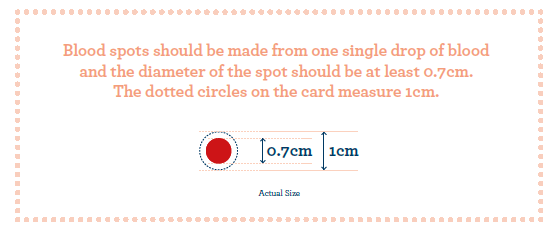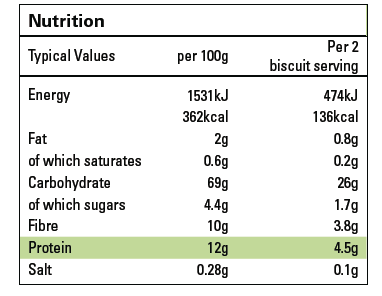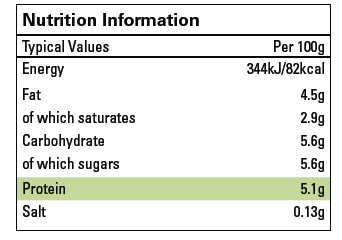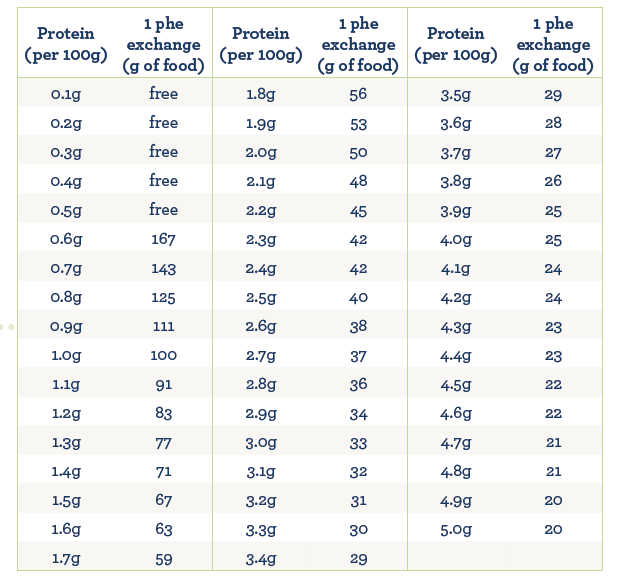
Practical Tips (Teens)
Introduction
Read more
Blood Spots for Phe Monitoring
Read more
Reading food labels
Read more
How To Read Food Labels
Read more
Phe exchanges per portion of food
Read more
Cooking With Low Protein Foods
As your independence grows and you start to gain confidence in the kitchen, you may start to increase variety in your meals. Specially manufactured low protein foods will become staples of your diet, if they aren’t already, and act as a great base to build a meal around. Here are a few helpful hints and tips for cooking with specially manufactured low protein foods:
Read more






